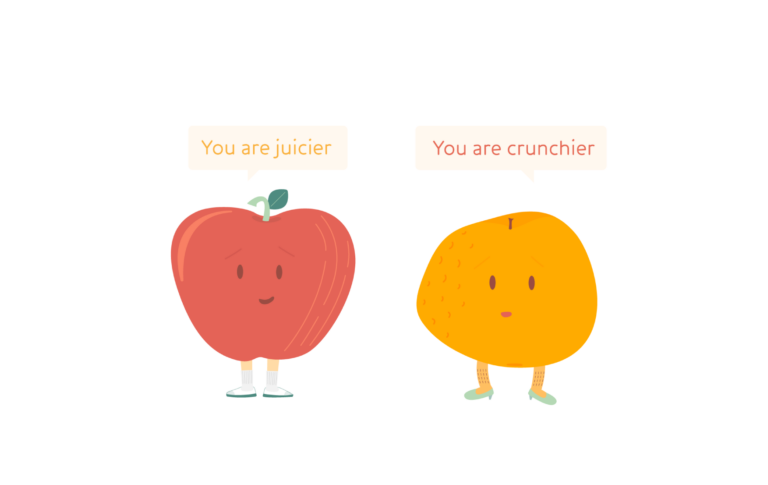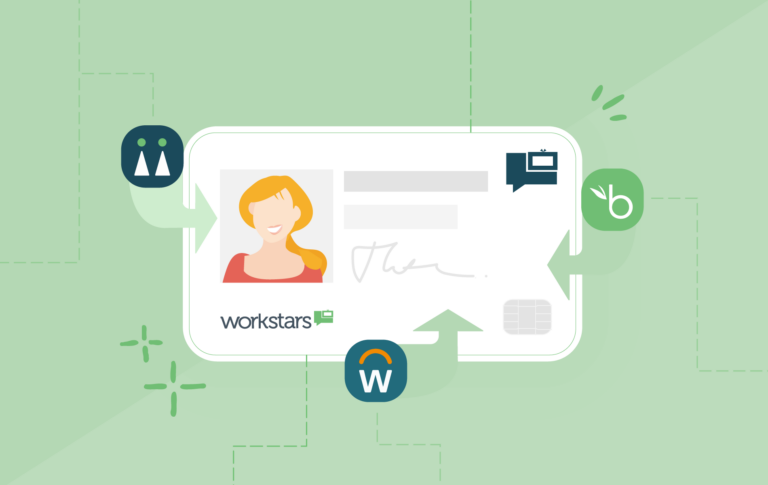Soft HR is hard – and it is building HR’s reputation
Right now there’s a golden opportunity for HR. We don’t have to go back that many years for issues like culture, employee recognition, and engagement to be dismissed by many outside HR as being ‘soft’. Soft HR was the “touchy feely” nice things to do, that HR could concern itself with, while everyone else got on with the real job in hand.
Not anymore, the penny has dropped. Challenges such as attracting and retaining talent, supporting employee wellbeing, developing company culture and enhancing the lives of employees are no longer seen as soft, in fact soft HR is now seen as being extremely hard. As a result, many people issues have been working their way up the management agenda and are now amongst the most urgent priorities for the majority of organisations. Soft HR as a whole has become a CEO level issue; and as anyone who works in HR knows, presenting the people side of the business is not easy to capture in a spread sheet or pie chart, until SaaS came along that is.
SaaS has changed all that. It’s transforming ‘soft HR’ issues and providing ways for HR to get to grips with them like never before. It’s cost effective, it’s time effective, and it’s incredibly flexible. But while these are important aspects, it goes way beyond that. It’s offering solutions to HR professionals who’ve struggled for years to get meaningful results. Are you looking for better ways to analyse and understand employee engagement? Then just take a look at Officevibe. Glassdoor has transformed approaches to employee transparency and how we attract new employees in the social age. And if they don’t get right to the heart of soft HR, then employee wellbeing providers such as Nutrisavings certainly do.
Or maybe your challenge is workforce motivation? As it says in IBM’s Smarter Workforce Institute report ‘How do I recognize thee, let me count the ways’ Employee recognition is an essential ingredient for a motivated workforce. And now, thanks to SaaS, HR has a great opportunity to succeed at it.
Grasping the employee recognition challenge
Most HR professionals are already working hard at finding ways to transform their function from a transaction and execution department into a partner who provides innovative business solutions. If you’re a HR practitioner, how do you achieve this when it comes to your company’s employee recognition program?
With business environments becoming ever more complicated, one aspect of this is addressing work simplification. Employee recognition has always suffered from complex systems, processes, and procedures, that put reward and managers at the centre. Today’s SaaS solutions are turning this model on its head putting employees first, removing process where possible, and reducing the sense of hierarchy across the organisation.
Consider the ways employees use technology in their personal lives, then think about the impact of giving employees access to systems that already feel intuitive and familiar. Mobile friendly SaaS Solutions don’t require extensive and time-consuming training or continual refreshers in how to use them. They give employees access ‘on the go’ with genuinely appealing user experiences that are so important in gaining employee adoption in the social age.
Think about what’s happening in terms of demographic changes too. Millennials are becoming more and more relevant when it comes to designing HR strategies, and their expectations are very different to those of previous generations. They seek faster feedback, greater flexibility and a constant flow of information to help maintain their sense of engagement.
Why social recognition provides the answer
Put these obvious observations together with the mainstream adoption of digital reward and the seemingly constant press on a manager’s inability to engage their team and it becomes clear that the failed employee recognition initiatives of the past, are providing HR with a significant opportunity for the future. And social recognition is fitting the bill. It frees up scarce resources. It feels comfortable and intuitive to use. It provides real time feedback and allows recognition to come from anyone in the organisation – satisfying a need for more regular, relevant and meaningful feedback for everyone, by everyone. And if you wish you can just plug in your idea of reward at any stage of the process. Social recognition is completely transforming employee recognition and engagement and helping build HR’s credibility as a strategic and commercial partner.


 How Machias Savings Bank improved employee satisfaction and increased commitment to company values
How Machias Savings Bank improved employee satisfaction and increased commitment to company values
 Great managers vs natural leaders: What’s the difference (and does it matter?)
Great managers vs natural leaders: What’s the difference (and does it matter?)
 Workstars now integrates seamlessly with the HRIS you use every day
Workstars now integrates seamlessly with the HRIS you use every day